As you saw on Day 1, backcountry hunting is all about logistics. The preparation just to go on a hunt miles from the civilized world takes several weeks to plan and prepare.
I learned from my training as a pilot that checklists are crucial when planning wilderness hunts. The human memory can’t be trusted. Without a checklist, you WILL forget something essential (try hunting for a week without chapstick and you’ll get my point). You can’t just head to town to pick up a few things forgotten when hunting the backcountry.
I created a checklist in Word years ago. When it’s time to prepare for a trip, the first thing I do is print one off and attach it to a clipboard. Just as important, when my trip is done, I use that checklist- which by then is full of notes, additions, and subtractions- to update my saved copy. My checklist then becomes an evolving tool that changes with my gear and needs over the years. If you don’t use a checklist, start now!
Here is Day 2: Bucks & camp life



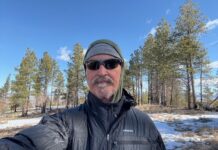

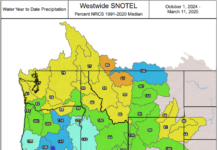
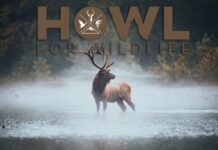
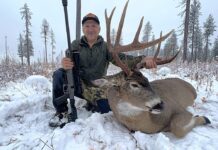
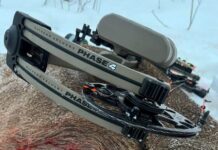





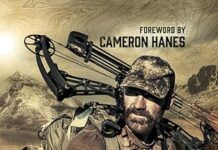





Great video Robby, wish I was there!
That’s legit Robby. I like your style.
That one woulda been hard to pass–good on ya!
Robby,
Great videos I can’t wait to watch the rest of them! Looks like you know how to camp and hunt in style. I grew up with horses but haven’t packed much, it is something I’m getting into slowly. Which pack saddle to do you prefer? I noticed you have the sawbuck, have you used the decker or a regular saddle with the saddle panniers? I’m just looking to glean info from a trusted, proven source.
Thanks in advance!
Thanks Robby that was some great footage of some nice bucks. Hope I woks out for you to be able to connect on a bigger buck. Shoot straight and keep warm. Can’t wait for day 3
thanks everyone. Lots more to come.
Ben W. I use both sawbucks and deckers. Sawbucks for lighter packs/loads when not using a top pack and deckers when I’m loaded heavy and using a top pack. I use saddle panniers on a riding saddle when I’m packing meat and don’t want to make another trip back to the kill site. Make sure you check out the blogs in the “Got Harses” category (upper right side of the blog) as I talk about saddles and packing in there.
Nice Robby, Thanks for sharing. I always learn from your videos
Great stuff Robby!
Question…when in conditions like you were how much time do you spend looking for big buck tracks in the fresh snow? Usually in October the snow will only last a few days before baring off. I always choose to be patient and sit back and glass. I love to glass, and prefer to be patient relying on my optics and location but have always debated if my time will be better spent searching for big buck tracks. Especially in mid day when the bucks have bedded…
Corey,
Glassing is my first choice but I’m always watching for big buck tracks. If I cut a set and am sure it’s from a big-bodied buck, I’ll track him and have killed a few that way. However, in steep high country, you have to pace yourself on tracking. A buck can climb or drop a few thousand feet in minutes if he’s on the move and a mortal man can’t catch him. That is why it’s so important not to spook him. If I’ve seen a good buck but he makes the cover before I can shoot, I’ll track him for sure if conditions allow. If I cut a good set and can tell he’s not going far, I’m on him. Big tracks don’t always mean big antlers and you have to be ready to judge and shoot in mere seconds. Fun way to hunt deer.
Thank you for allowing me to live my dream through your videos. I really enjoy watching videos made by those who have a good idea about what they are doing. Nice bucks for sure. Have fun, stay warm, and shoot straight.
Patch
1 John 1:9
You’re welcome Bruce, thanks for following along, and God bless you.
God has blessed me more than you and I will ever know or fathom.
Comments are closed.